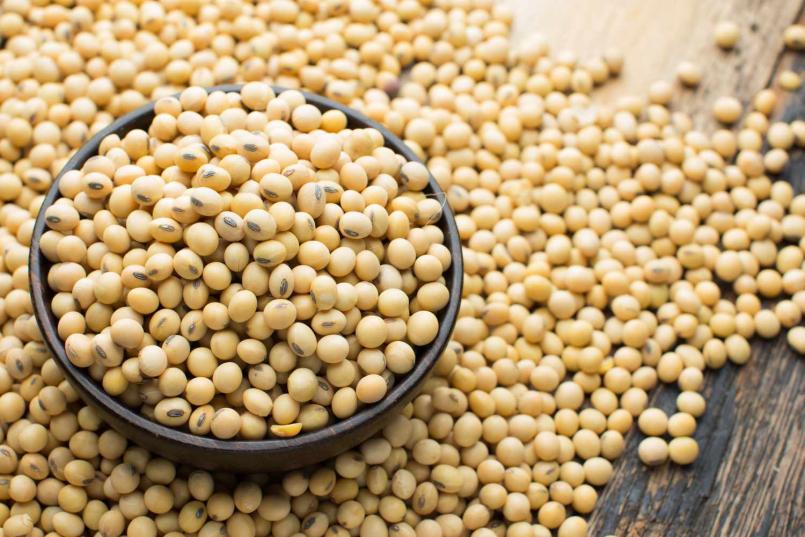Soybean cultivation is an increasingly popular choice for farmers due to its versatility, nutritional value, and economic potential. Understanding the key aspects of soybean cultivation can lead to successful yields and profitable outcomes. In this guide, we will explore the fundamental properties of soybean crops, ideal varieties, optimal soil and climatic conditions, land preparation techniques, fertilizer application methods, weeding strategies, and harvesting techniques.
Basic Properties of Soybean Crop
Soybeans (Glycine max) are leguminous plants belonging to the Fabaceae family. They are known for their high protein content, oil content, and versatility in various applications, including food, feed, and industrial uses. Soybeans are annual plants that typically grow up to 1-2 meters in height and produce pods containing 2-4 beans each.
These small, protein-rich beans are a valuable source of essential amino acids, vitamins, and minerals. Soybeans are extensively used in various forms, including whole beans, oil, flour, and protein isolates. They are a key ingredient in many plant-based foods, such as tofu, soy milk, and meat substitutes. Additionally, soybeans contribute to sustainable agriculture as they fix nitrogen in the soil, reducing the need for synthetic fertilizers. With their nutritional value, versatility, and positive environmental impact, soybeans continue to play a vital role in global food production and dietary choices.
Ideal Soybean Crop Varieties
Choosing the right variety is crucial for maximizing yields and profitability in soybean cultivation. Ideal varieties exhibit traits such as high yield potential, disease resistance, early maturity, and adaptability to local environmental conditions. Some popular varieties include Williams 82, Pioneer 93M21, and Asgrow AG4632.
Ideal Soil and Climatic Conditions for Soybean Development
Soybeans thrive in well-drained loamy or sandy loam soils with a pH range of 6.0-7.0. They prefer warm temperatures between 20°C to 30°C and require adequate moisture during critical growth stages, particularly during flowering and pod development. Avoid waterlogged or compacted soils, as they can hinder root development and nutrient uptake.
Land Preparation for Soybean Cultivation
Before planting soybeans, prepare the land by plowing and harrowing to achieve a fine seedbed. Remove any weeds and debris to ensure uniform emergence and growth. Consider incorporating organic matter or compost to improve soil fertility and structure.
Fertilizer Application in Soybean Cultivation
Soybeans have a high nitrogen-fixing capacity due to their symbiotic relationship with rhizobia bacteria. However, phosphorus and potassium are essential for optimal growth and development. Conduct soil tests to determine nutrient deficiencies and apply fertilizers accordingly. Typically, phosphorus and potassium are applied at planting, while nitrogen may be supplemented during the growing season if necessary.
Weeding in Soybean Crop
Effective weed management is crucial to prevent competition for nutrients, water, and sunlight. Use pre-emergence herbicides or mechanical methods such as hoeing or cultivation to control weeds before soybean emergence. Post-emergence herbicides can be applied judiciously to manage weed pressure during the growing season while minimizing crop damage.
Harvesting of Soybean Crop
Soybeans are typically harvested when the pods reach physiological maturity, indicated by their yellowing and drying. Harvesting can be done manually or with mechanical equipment such as combines equipped with soybean-specific headers. Allow the harvested beans to dry to a moisture content of around 13% for optimal storage and marketability.
In conclusion, profitable soybean cultivation requires careful attention to various factors, including variety selection, soil and climatic conditions, land preparation, nutrient management, weed control, and harvesting techniques. By implementing sound agronomic practices and staying informed about advancements in soybean production, farmers can unlock the full potential of this valuable crop and achieve sustainable profitability.
Article submitted by AXTUR, Ltd.
Unlocking Profitable Soybean Cultivation
